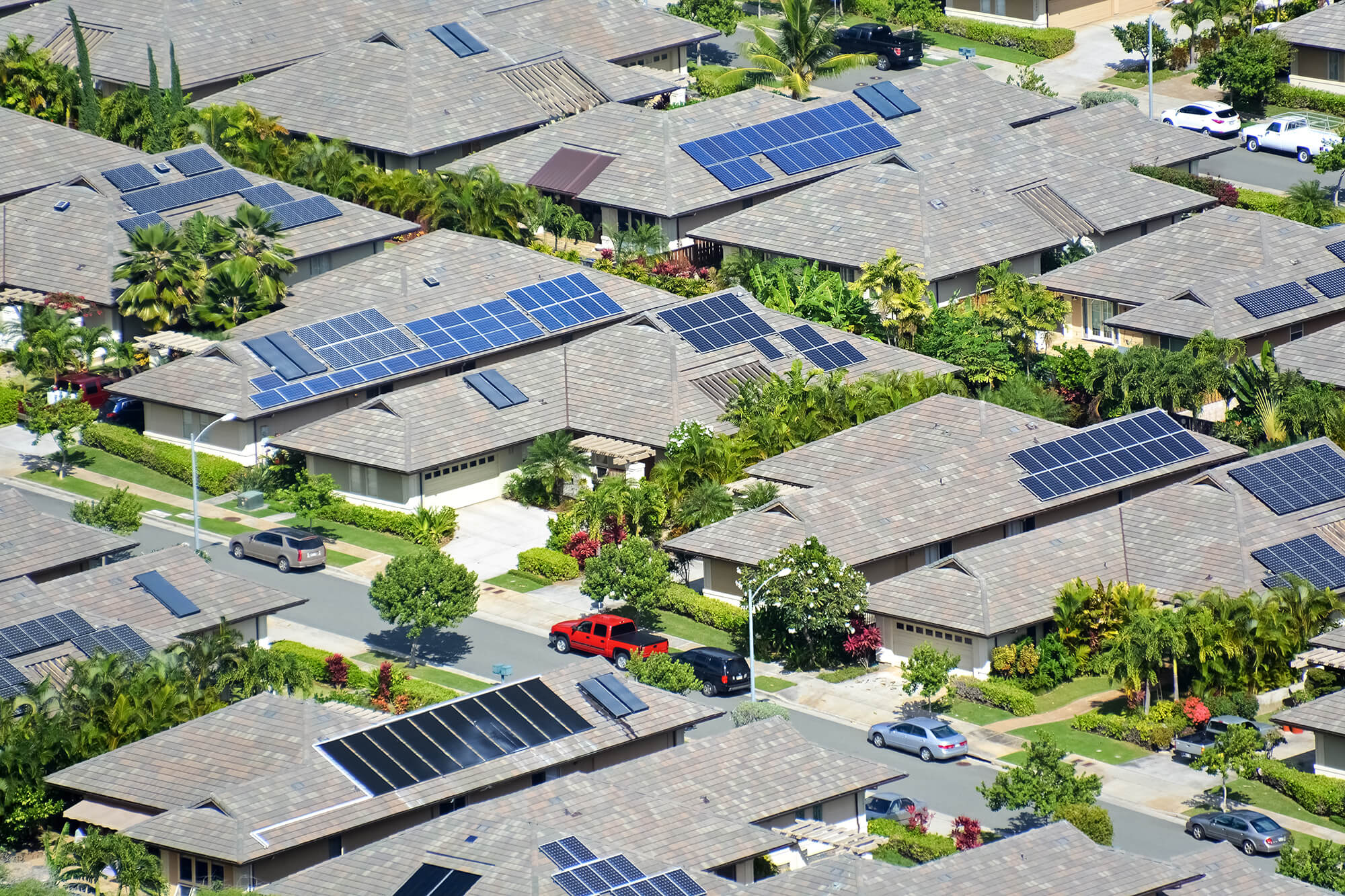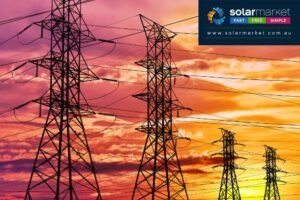If you look at a Ferrari and a Daihatsu next to each other you know that the Ferrari is better. The Daihatsu is still a car, but you would never expect it to perform at the same level as the Ferrari.
Inverters and Solar Panels are the same; not all of them are equal. This is fairly common knowledge with cars, but less so with PV equipment. This is compounded by the fact that most of them look pretty similar.
This guide gives a few key criteria to look for when shopping around for an inverter.
1. Quality/Value
While you may not be familiar with any particular brand of inverter it doesn’t take much research to at least get an appreciation for a brand’s quality. 10-15 minutes of internet research, particularly on the Whirlpool forums, are usually enough to get an impression of a brand.
What you should be looking out for, is if there is a lot of negative feedback on any of the inverters. For instance, if there have been a lot of complaints of a certain unit failing, then maybe it’s one to avoid. Conversely, a lack of discussion is usually indication that it’s new to the market and its qualities are not yet well know.
2. Match to panels/roof
Every inverter has a voltage window that it can operate a string of panels in and a maximum input current. If you have already chosen what panels you want to have installed, make sure that the inverters you’re looking at will operate well with those panels.
The solar company you are dealing with should be able to tell you what configurations of panels you can have on your selected inverter.
If you want to get a 4 kW array, but the inverter you’re looking at can only handle 3.8 kW of that particular panel, then you may want to consider looking at a different inverter.
3. Warranty
When you purchase an inverter it should be clear what is required of you, should you need to use the warranty on your inverter. If you are going to be required to pay for everything but the actual replacement/repair of the inverter, then that manufacturer is one to avoid.
4. Presence in Australia
A good indication of a reliable brand is that they have an office or representative in Australia to deal with directly. Generally, this indicates that servicing and troubleshooting is available quite easily and more importantly, that the company will still be around if you have any issues a number of years down the track.
5. Monitoring (Optional)
Monitoring refers to the ability to review your systems historical production, as well as how you can view the information. For example, all inverters will have a LCD display of sorts that will allow visualisation of current output of your system. Others may show some historical graphs whilst yet other may allow remote connection via Bluetooth or internet connections, allowing you to examine your solar systems performance remotely.
If you are interested in this feature, then you should examine what capabilities the inverter has for monitoring, particularly if you are interested in doing it remotely, via your smartphone, tablet or PC.










